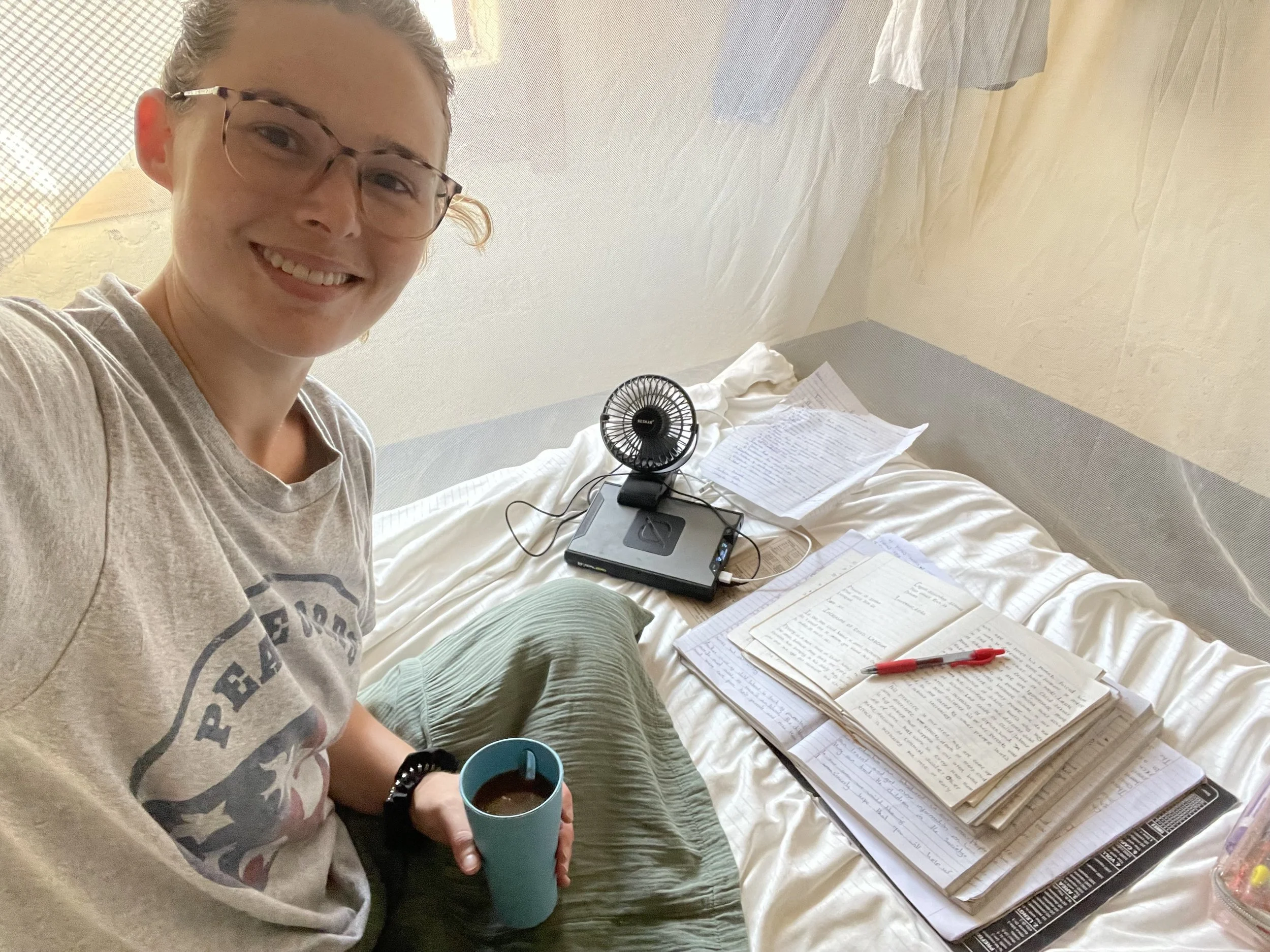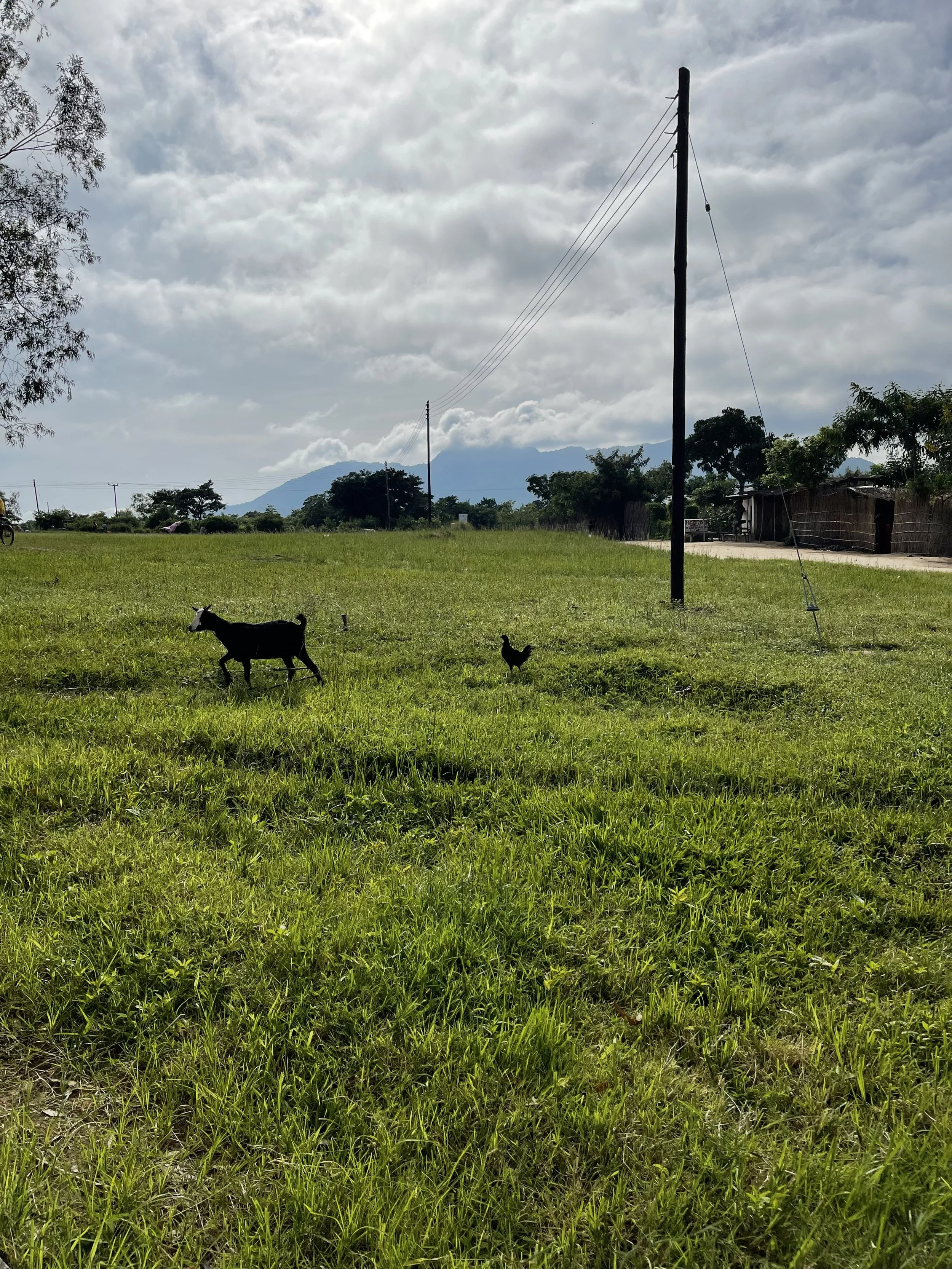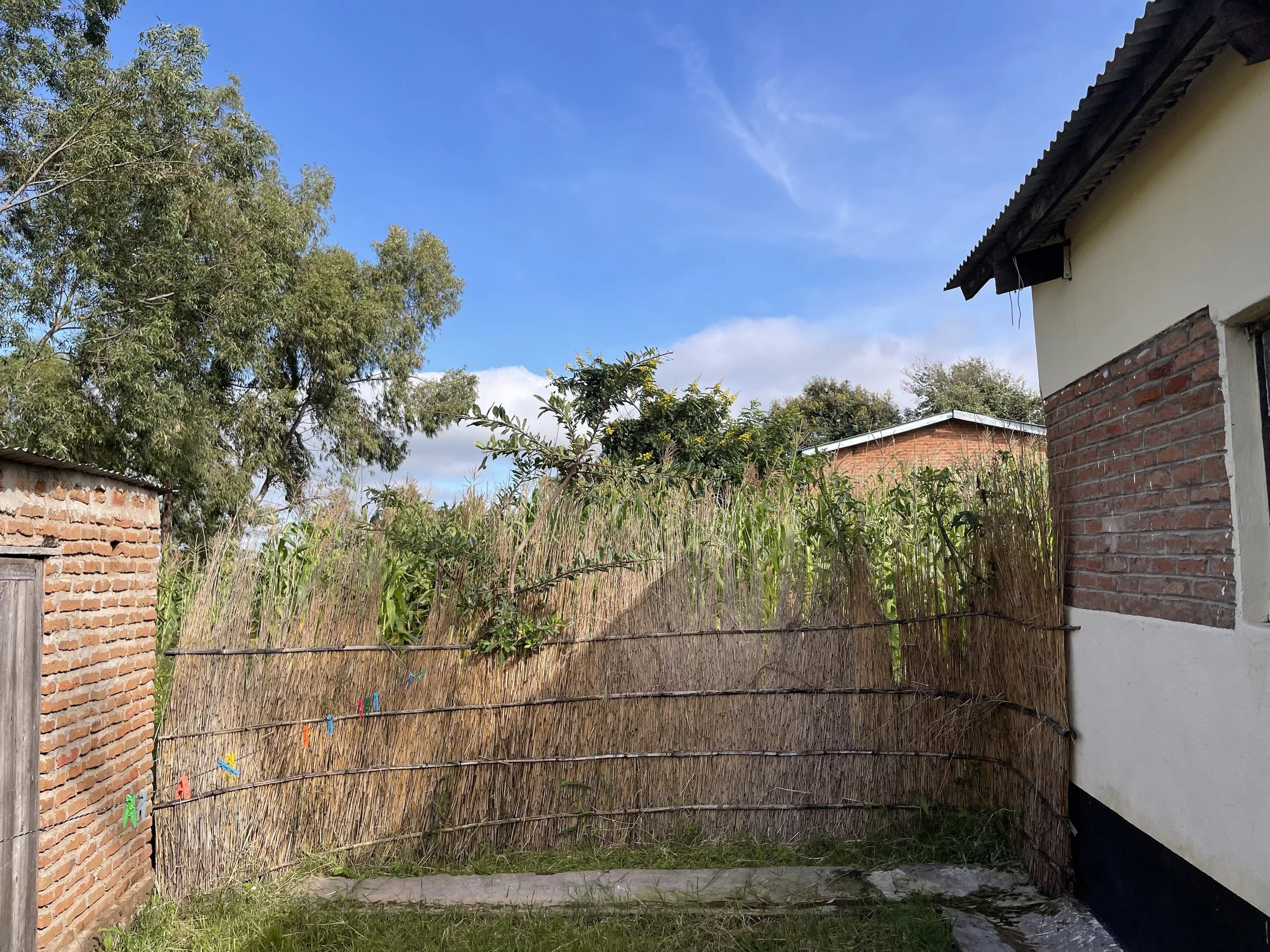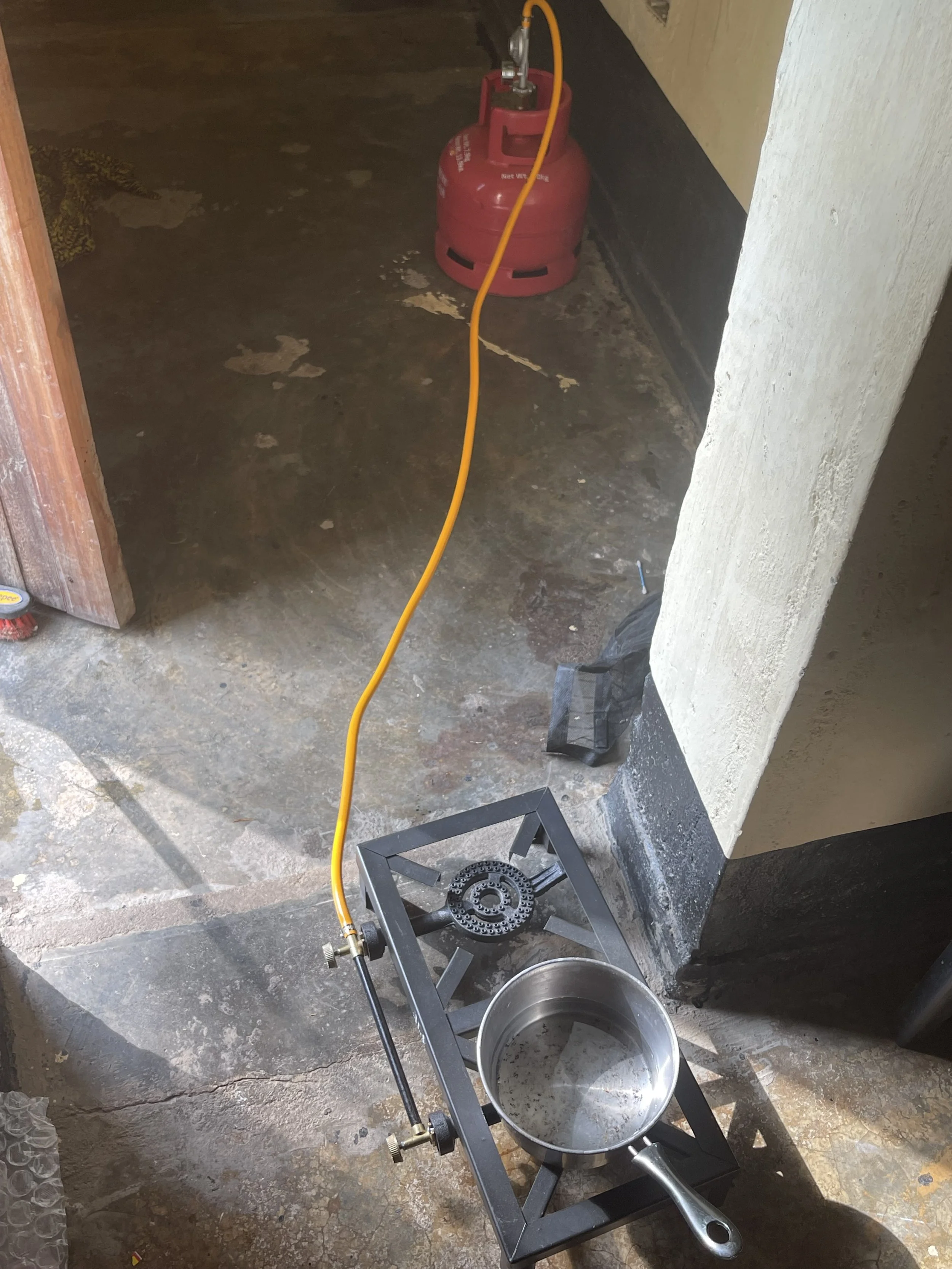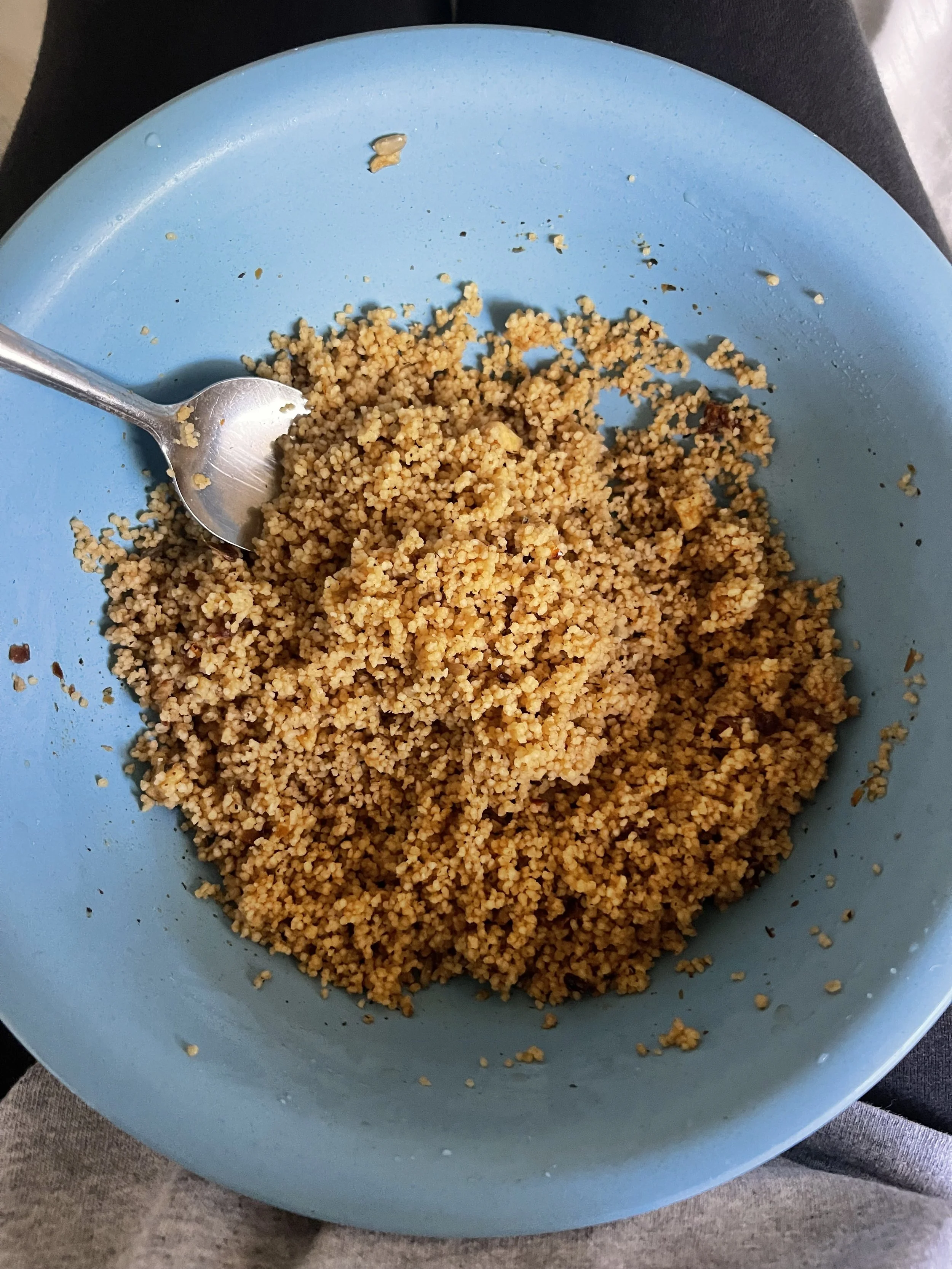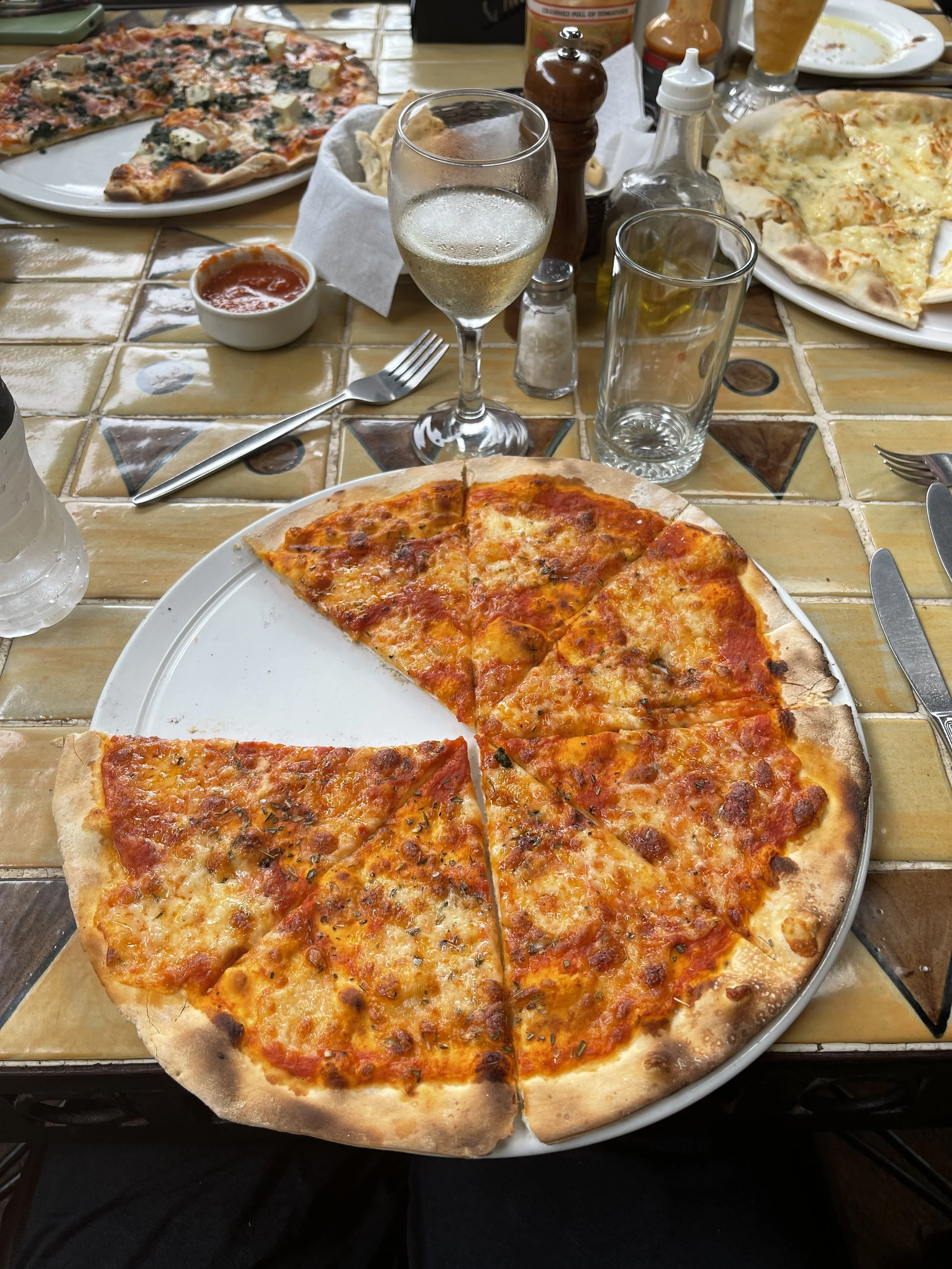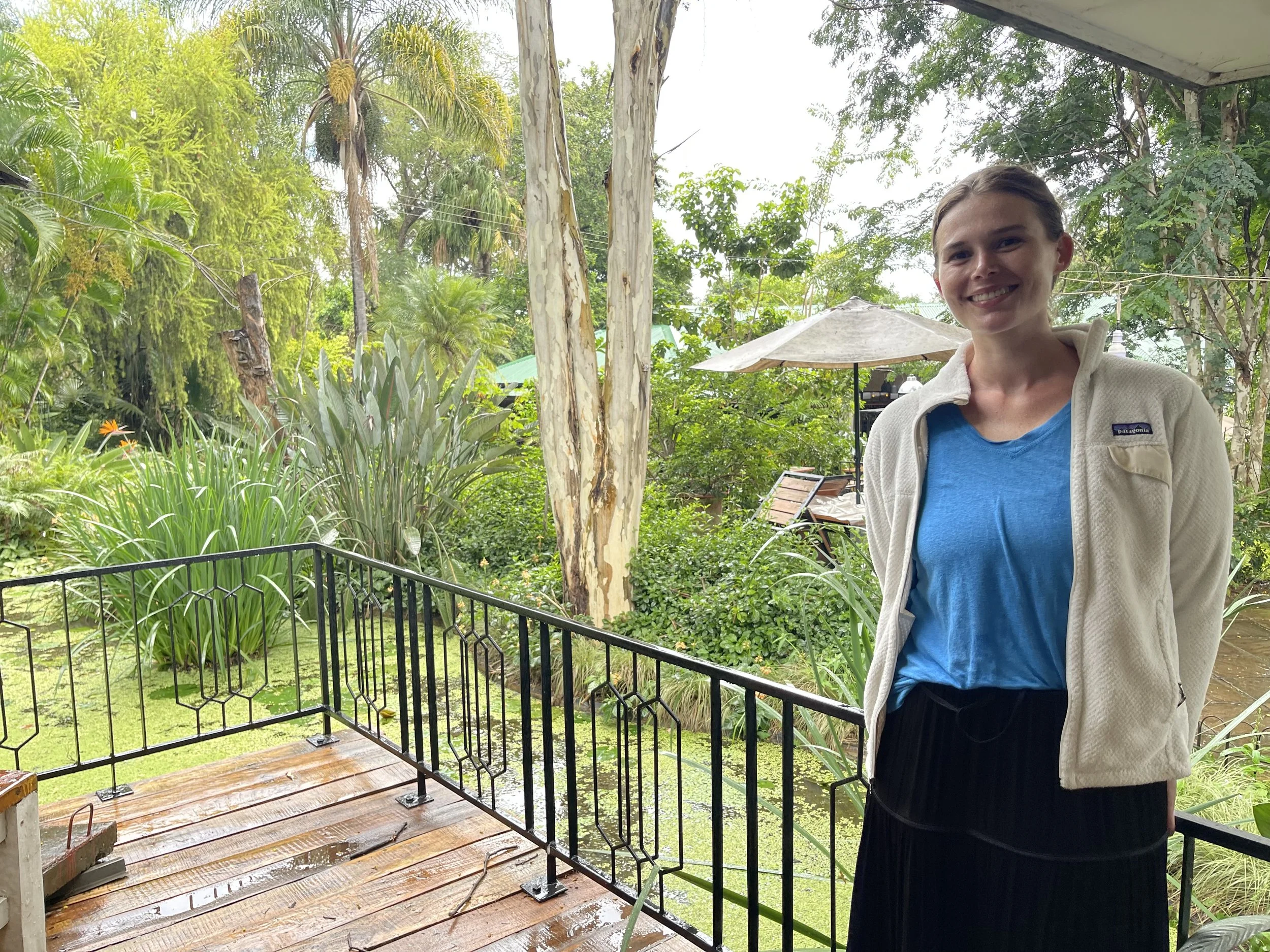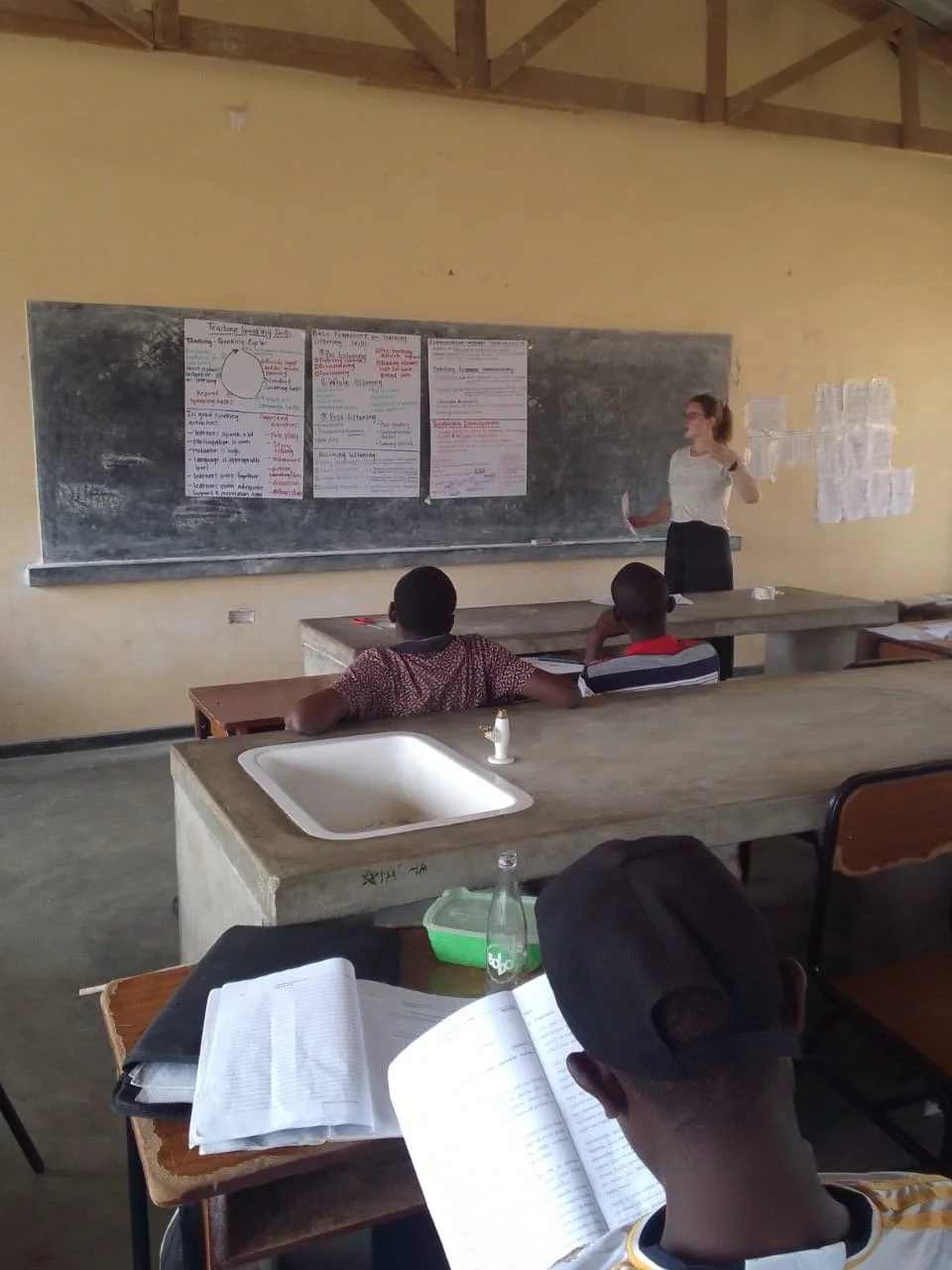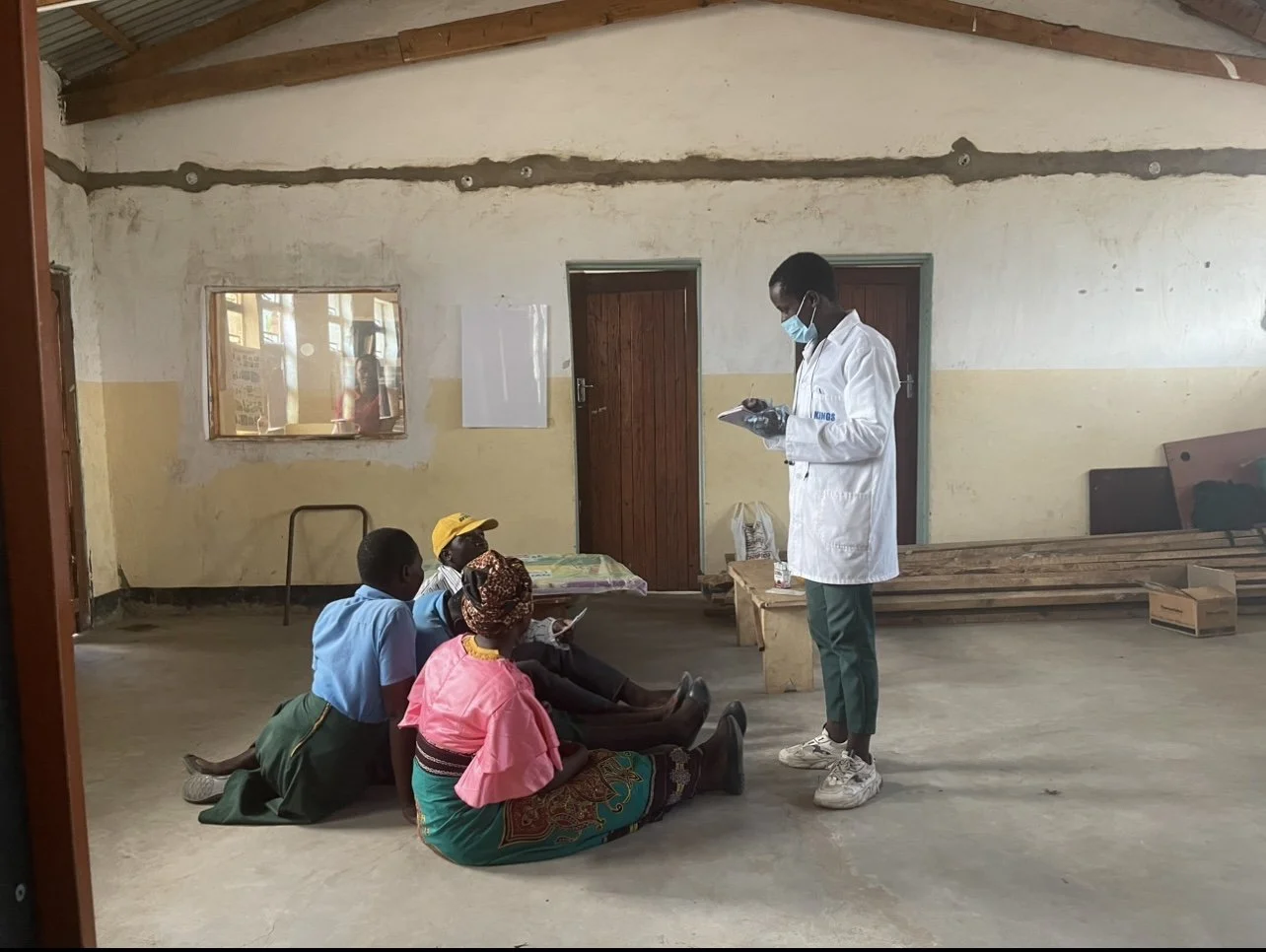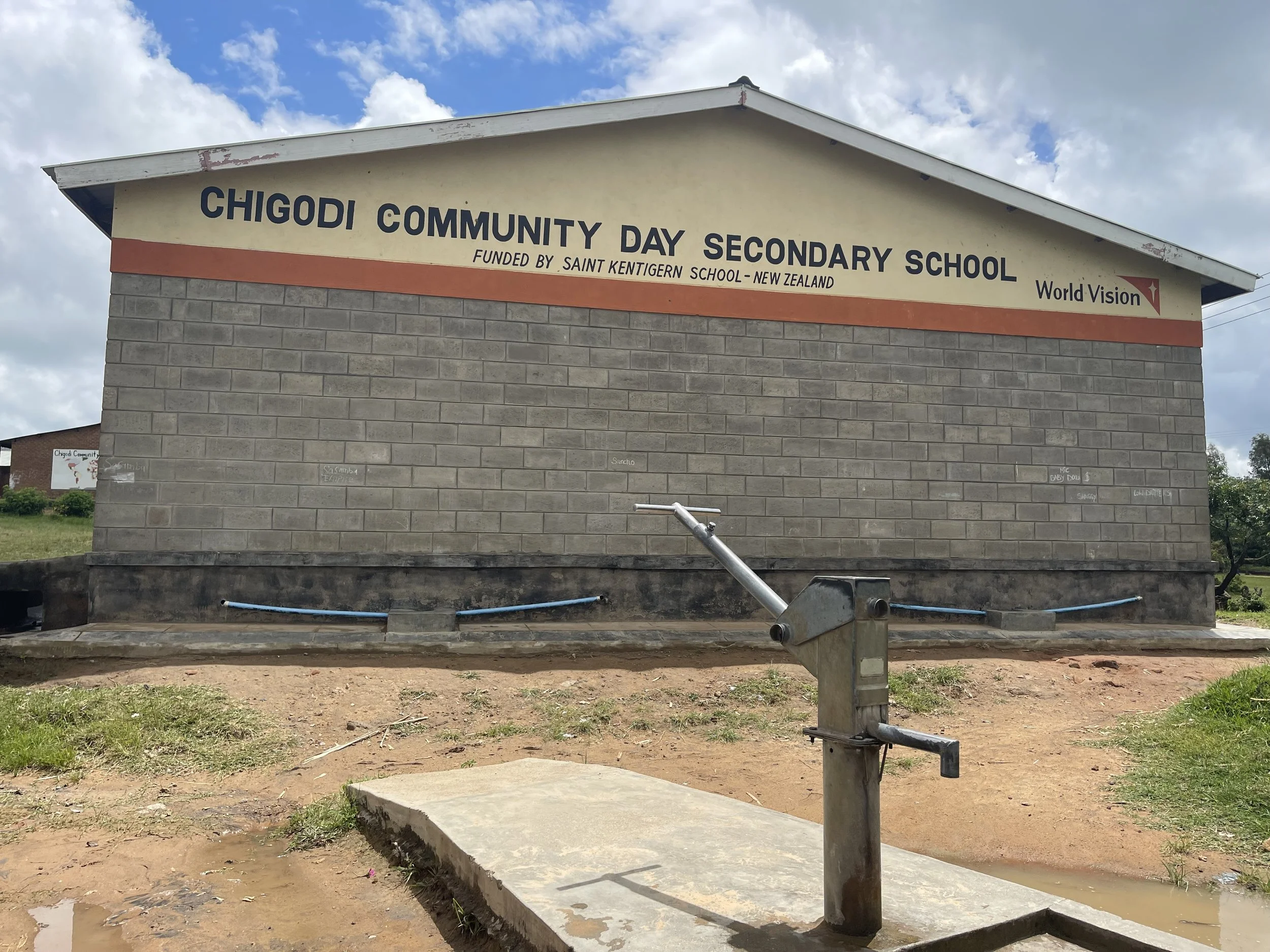Rainy Season
The rainy season is upon us!
What an exciting, perpetually damp time this is.
The above picture was taken in January 2025. Textbooks report that the rainy season in Malawi runs from November to April. But the rains have already dissipated for the most part, and it is only early March.
This could be a terrible thing, or it could be a mildly good thing depending on your perspective.
A shorter rainy season = shorter growing season. This is generally considered bad by those who enjoy having food to eat. Fair enough.
Also, rain brings slightly cooler weather, which is much appreciated by this constantly-sweaty mzungu (a “loving” Chichewa pet name for foreigner).
On the other hand, a shorter rainy season = more sunshine for my solar panels = more power for my electronics = more time to spend Netflixing. And blog posting…
Speaking of which: Long time, no post. Oops. I have just been SO busy lately…
…grading assignments….
…and just trying to stay cool. A typical weekend afternoon.
A typical weekend morning is spent washing clothes.
Yaaay.
Anyway, the good news is, I have a bunch of photos from the past few months to dump in this post. So let’s get started.
Everything is luscious and green during rainy season. Gone is the red, sandy, dusty dirt that stains life in the dry season.
My school this week. Look— there’s grass!
The wildlife is incredible. Chicken and goat are part of the Big Five, right?
My house in the back is surrounded by the neighbors’ lush dimbas (gardens).
Maize.
Tobacco, maize, and chicken. The three staple crops.
Important life update: Peace Corps has given us gas stoves! It no longer takes half an hour to boil water over charcoal.
What do I cook on my fancy new gas stove? Mostly popcorn and pasta. Sometimes I cook couscous or I will have a big bowl of fresh fruit if I recently went grocery shopping in town. I have not fundamentally changed as a person - I am still not the most motivated cook.
Thankfully, I am served lunch at my school during the week. The meals consist of nsima and some kind of side dish. Monday is dried fish, Tuesday is stewed vegetables, Wednesday is beans, Thursday is eggs, and Friday is goat meat.
Tuesday, my favorite day: nsima and mpiru (mustard leaves) with tomatoes.
In February, I went to Lilongwe for a few days to attend Peace Corps training. It is always nice to see the other volunteers, eat at restaurants, and check out cool places around town.
I take public transportation, called “mini-buses”, whenever I need to travel out from my site. They are old, usually dilapidated, bus-like vans. With 11 seats, a minibus can carry 20+ people. Not counting chickens and goats, of course. They ride free.
Once I had arrived in Lilongwe, I immediately went on a very important errand. Lunch.
On Valentine’s Day, a group of us went to the Four Seasons garden center in town. It has nice restaurants, shops, and lovely gardens of course.
If you ever find yourself in Lilongwe (for some reason), I highly recommend a trip to the Four Seasons.
Finally, I want to end this post with a few photos of my school, me and my students.
Here I am presenting to my fellow teachers during a professional development day last term. See, I am an Education volunteer! I do work!
Drama performance by the Form 2 students. They did a great job and worked hard on their costumes.
In case you were wondering where I get my water. I use a borehole. It is located at the school, only about 300 meters from my house.
That is all for this post. Tiwonana! (See you later!)

